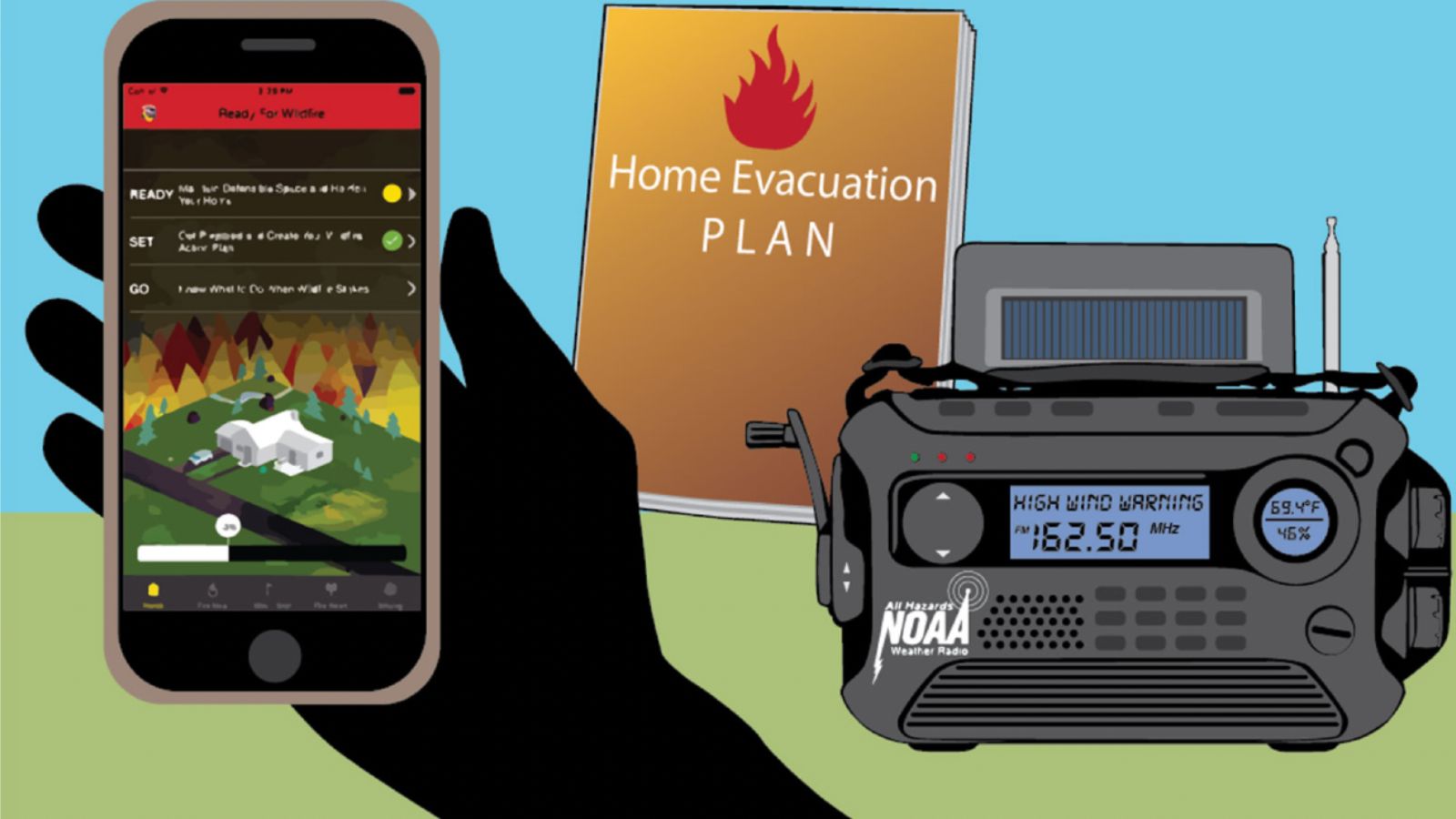As the climate warms, intense wildfires, floods, and heat waves are growing more common. So there’s an urgent need to teach people how to stay safe.
That means delivering information about emergency preparedness not just in English, Spanish, and other major languages, but also in less commonly heard languages in the U.S. — such as those spoken by some Indigenous Central American farmworkers.
“And so whether that’s Purépecha or Triqui or Tlapaneco, Zapoteco, we want to ensure that those communities that we know exist in California get the information that they need,” says Diana Crofts-Pelayo of the California Governor’s Office of Emergency Services.
The office is working with community groups to provide disaster readiness guides in more than 20 languages.
Some of those languages are traditionally spoken, not written. So a team of interpreters produced audio recordings and videos for these groups.
“We want folks to know that regardless of their background, the language they speak, the color of their skin, that they have the information that they need to feel ready and prepared in an emergency,” Crofts-Pelayo says.
Read: When wildfires rage, some unauthorized immigrants can’t evacuate
Reporting credit: Sarah Kennedy/ChavoBart Digital Media
Source link


